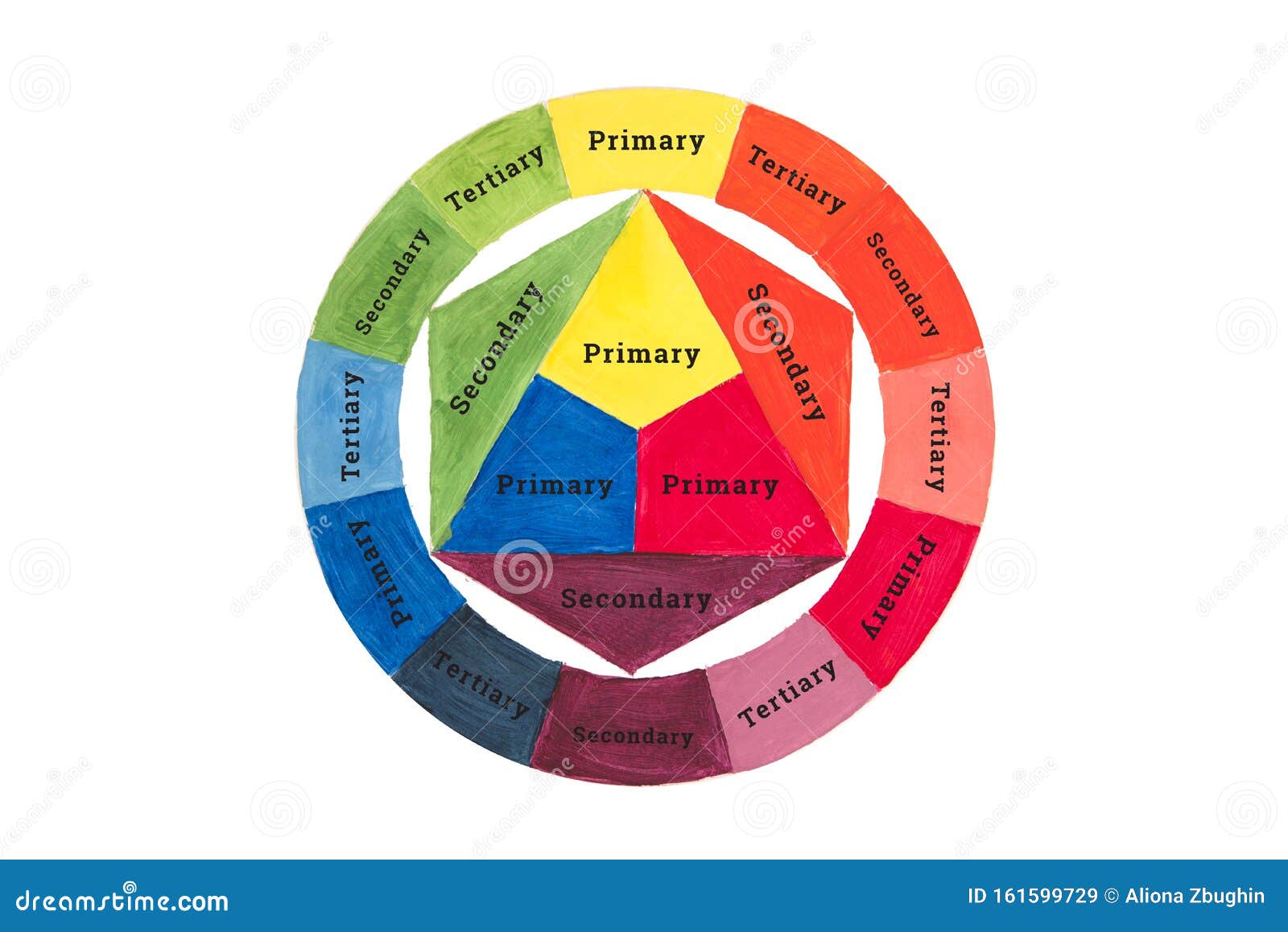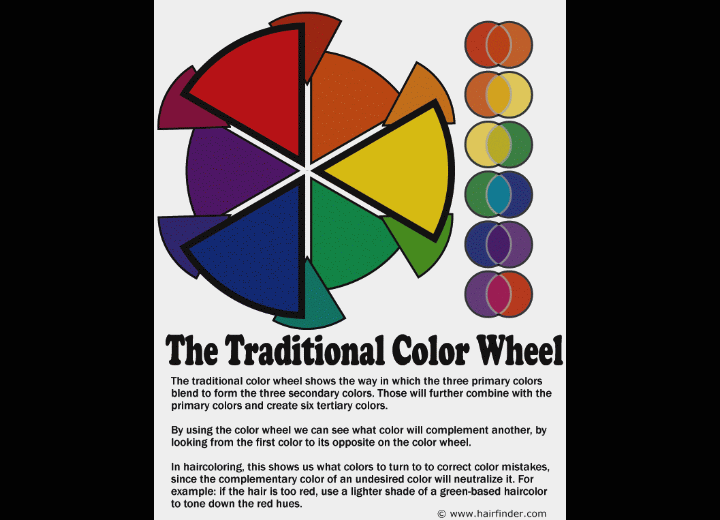


The arrangement of colors around the color circle is often considered to be in correspondence with the wavelengths of light, as opposed to hues, in accord with the original color circle of Isaac Newton. In a paint or subtractive color wheel, the "center of gravity" is usually (but not always ) black, representing all colors of light being absorbed in a color circle, on the other hand, the center is white or gray, indicating a mixture of different wavelengths of light (all wavelengths, or two complementary colors, for example). Intermediate and interior points of color wheels and circles represent color mixtures. Printers and others who use modern subtractive color methods and terminology use magenta, yellow, and cyan as subtractive primaries. Īs an illustrative model, artists typically use red, yellow, and blue primaries ( RYB color model) arranged at three equally spaced points around their color wheel. Others classify various color wheels as color disc, color chart, and color scale varieties. For instance, some reserve the term color wheel for mechanical rotating devices, such as color tops or filter wheels. Some sources use the terms color wheel and color circle interchangeably however, one term or the other may be more prevalent in certain fields or certain versions as mentioned above. In this room, the pale yellow-green sideboard meets it’s match with the reddish-violet paint on the walls.A color wheel or color circle is an abstract illustrative organization of color hues around a circle that shows relationships between primary colors, secondary colors, complementary colors, etc. Make sure the intensities of the tones you use are balanced. If you're a bit timid about suddenly splashing a couple of cans of color onto your walls, consider using two complementary colors as accents in the same room, like these deep violet walls and soft yellow cabinets. Yellow and Violet Courtesy Susan Teare/Cushman Design Group When working with more saturated hues, remember that the colors will often appear more intense on the walls than they do on the strip. Yellow-Orange and Blue-Violet Courtesy Scott Hargis/ īright colors can breathe new life into traditional woodwork and work especially well in casual living areas. The deep blue paint on this wall accentuates the bright burst of orange on the pillow, mirror, and shelving unit. Keep the furniture you already have in mind when considering a new paint color. Orange and Blue Courtesy Kathleen Virginia Page/Jessica Lagrange Interiors You can use one as the main color and the other as an accent, or bring small colored accessories into an already painted room to see how you feel about the pairing. The two colors you choose don't have to have equal prominence in the room to work. In this rustic kitchen, the green hues brushed onto the walls and lower cabinets complement the red tones of the red sideboard, rug and drapes. When considering paint colors, remember to figure in the finish of any woodwork in the room.
Color wheel complementary colors how to#
Here are some examples of how to use these color pairings effectively. Color Wheel Complementary Colorsįamiliarizing yourself with the color wheel can help you understand how to best mix and match a cool color with a warm one, for a naturally balanced room.

Finally, the remaining six colors on the wheel are known as tertiary colors and are mixes of the secondary colors, including such hues as red-orange and blue-green. These are then combined to make the three secondary colors: orange, green, and purple. The bases are three primary colors: red, blue and yellow. When put together, they bring out the best in each other, making both colors look cleaner and brighter than if either were mixed with, say, a neutral gray or a different shade of the same hue.Īn essential tool for paint pros everywhere, the color wheel is constructed to help you see the relationships between different hues. Proving the rule that opposites attract, these pairings can always be found at opposite ends from each other on a paint color wheel. One way to go, however, is to use a complementary color scheme. How do I find out what paint colors go together? Trying to figure out which of those colors will mix harmoniously on your living room wall is enough to make you turn straight to the ecru- and eggshell-white family and never leave. Picking out paint colors can be a confusing experience, leaving you racked with indecision as you peruse swatches from paint companies intent on re-creating all of the 7 million colors distinguishable to the human eye.


 0 kommentar(er)
0 kommentar(er)
